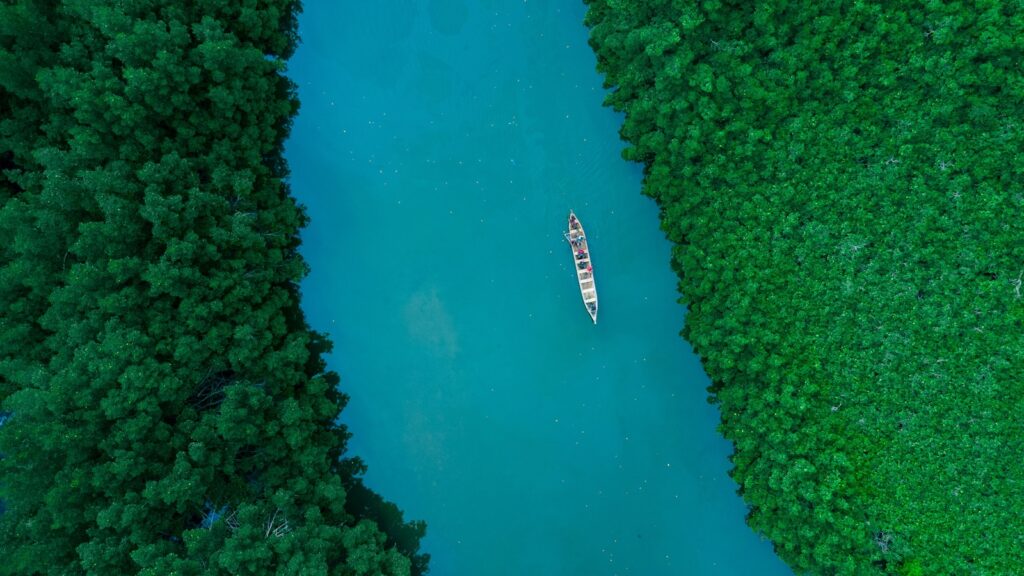The Mesozoic Era, from approximately 252 to 66 million years ago, witnessed dramatic shifts in Earth’s ecosystems as the supercontinent Pangaea gradually broke apart. Among this time’s fascinating but often overlooked ecological developments was the emergence, expansion, and ultimate decline of prehistoric mangrove forests. These ancient coastal ecosystems, while sharing some characteristics with their modern counterparts, evolved under dramatically different conditions of climate, sea level, and continental positioning. Their story represents a remarkable chapter in Earth’s biological history, showcasing the dynamic nature of coastal environments through deep time. Recent paleobotanical discoveries, sedimentary analyses, and fossil evidence have begun to paint a clearer picture of how these vital interfaces between land and sea developed during the age of dinosaurs, revealing surprising insights about their global distribution, ecological significance, and ultimate fate.
Origins in the Early Triassic Period
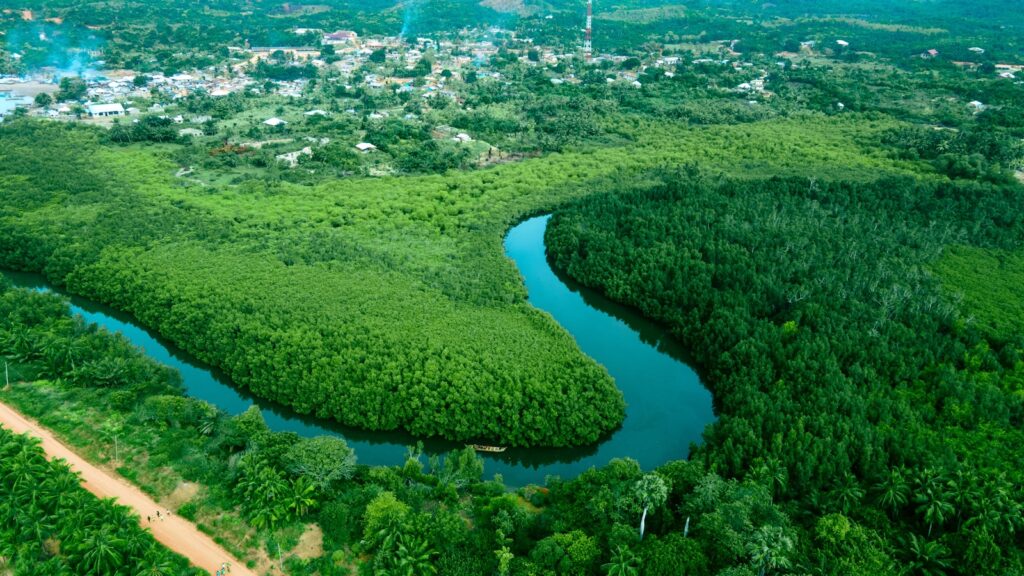
The earliest evidence of mangrove-like ecosystems appears in the fossil record shortly after the devastating Permian-Triassic extinction event, which eliminated nearly 95% of marine species. As life began to recover in the Early Triassic (around 251-247 million years ago), specialized plants started colonizing the intertidal zones of Pangaea’s coastlines. Unlike modern mangroves, which are dominated by angiosperms, these early mangrove analogs consisted primarily of primitive ferns, cycads, and gymnosperms that had developed adaptations for saltwater tolerance. Paleobotanical evidence from sites in what is now southern China and northern Italy suggests these early coastal forests already exhibited primitive pneumatophores (aerial roots) and vivipary-like reproductive strategies. Their emergence represented an important ecological innovation, creating new niches at the critical land-sea interface during this period of biological recovery and reorganization. These proto-mangrove communities likely played a crucial role in stabilizing coastlines and providing a habitat for recovering marine fauna in the aftermath of Earth’s most severe extinction event.
Ecological Niches in the Mesozoic Coastal Environment
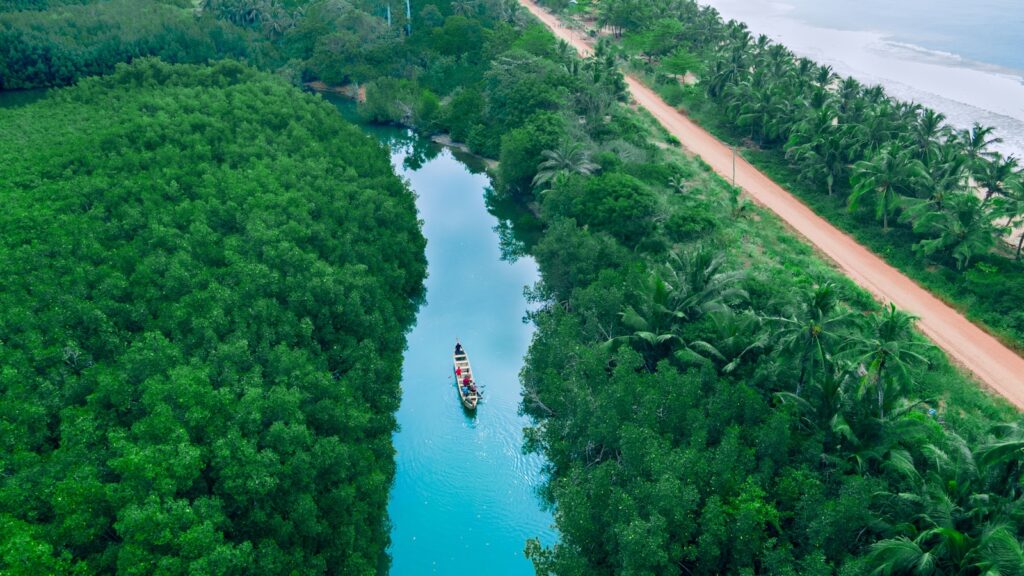
Mesozoic mangrove forests occupied a critical ecological position between terrestrial and marine ecosystems, much as their modern counterparts do today. These transitional zones supported a remarkable diversity of life adapted to the challenging conditions of saltwater inundation, shifting substrates, and tidal fluctuations. Fossil evidence indicates that prehistoric mangroves served as nurseries for juvenile marine organisms, including various fish species and crustaceans whose remains are frequently found preserved in mangrove-associated sediments. The complex root systems of these ancient forests likely protected coastlines from erosion during the frequent sea-level fluctuations characteristic of the Mesozoic. Paleontological studies suggest that pterosaurs and coastal dinosaur species utilized these environments for feeding and nesting, as evidenced by trace fossils and preserved nesting sites found in association with mangrove deposits. The nutrient-rich conditions of these forests also supported diverse invertebrate communities, creating complex food webs that linked marine and terrestrial ecosystems. By the Mid-Jurassic, these coastal forests had developed into sophisticated ecological systems that rivaled modern mangroves in their functional complexity.
Jurassic Expansion and Diversification
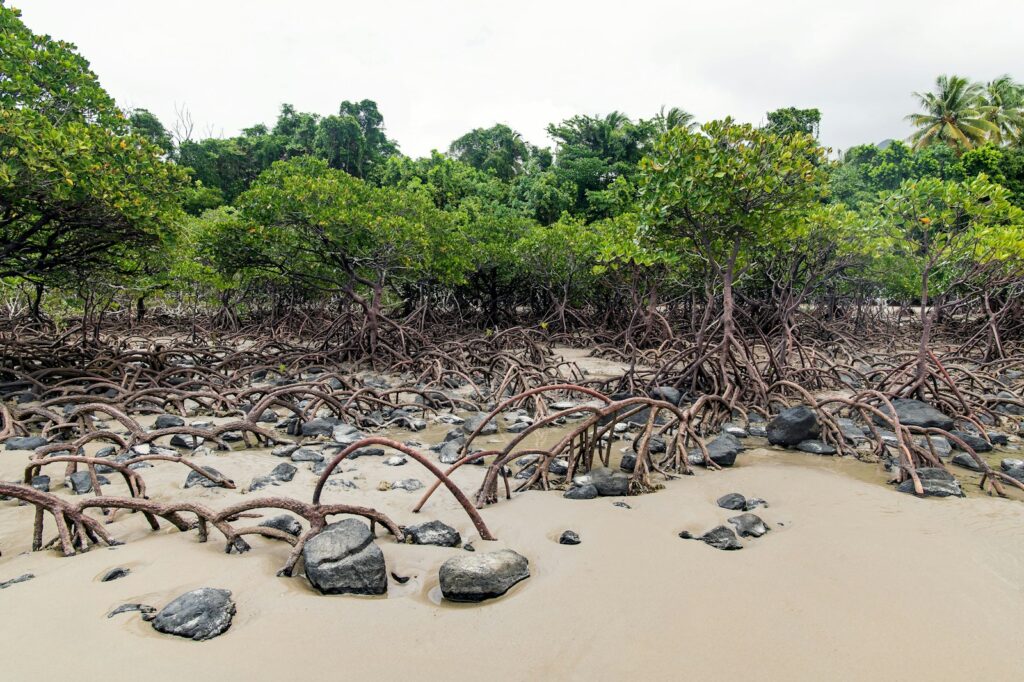
The Jurassic Period (201-145 million years ago) marked a significant phase in mangrove forest evolution, characterized by geographical expansion and increased biological diversity. As Pangaea continued to fragment, new coastlines formed, creating additional habitat for mangrove colonization along the emerging Tethys Sea and proto-Atlantic Ocean. Fossil evidence from Jurassic deposits in what is now Europe, North Africa, and parts of Asia reveals an increasing diversification of mangrove-adapted plant species. Particularly notable was the evolution of specialized adaptations among certain conifer lineages, including the development of salt-excreting glands and modified root structures that improved stability in soft sediments. Palynological records (studies of fossil pollen and spores) indicate a gradual shift in community composition, with certain fern groups becoming increasingly dominant in many Jurassic mangrove ecosystems. By the Late Jurassic, these forests had become established features along tropical and subtropical coastlines worldwide, forming extensive belts that supported increasingly complex ecological communities. This period represents the first major “golden age” of mangrove forests, when they achieved widespread global distribution and ecological significance.
Anatomical Adaptations of Mesozoic Mangrove Plants
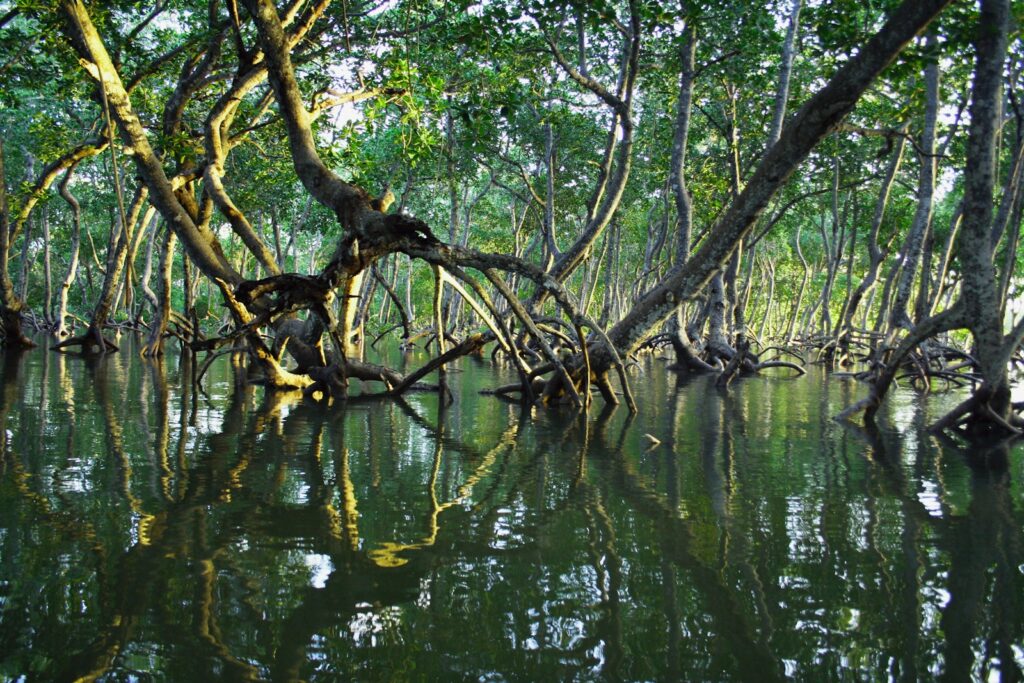
Mesozoic mangrove plants developed remarkable anatomical adaptations to thrive in challenging intertidal environments, though these adaptations differed significantly from those seen in modern mangrove species. Examination of fossilized tissue reveals specialized structures for gas exchange, including aerenchyma (tissue with air spaces) in roots and stems that facilitated oxygen transport in anaerobic mud substrates. Microscopic analysis of preserved leaf cuticles shows evidence of thick, waxy coatings and modified stomatal structures that regulated water loss and salt intake in these saline environments. Some Cretaceous mangrove-adapted conifers developed distinctive prop-like root structures that provided anchorage in unstable sediments and improved oxygen access during tidal submergence. Particularly fascinating was the evolution of salt management systems, with evidence of specialized glands for excreting excess salt in several gymnosperm lineages that dominated these forests. Reproductive adaptations are also evident in the fossil record, with some species showing early forms of crypto-vivipary, where seeds began germinating while still attached to the parent plant. These anatomical innovations represent remarkable examples of convergent evolution, as Mesozoic plants independently developed solutions to coastal environmental challenges similar to those evolved by modern mangrove angiosperms millions of years later.
Early Cretaceous Transformation
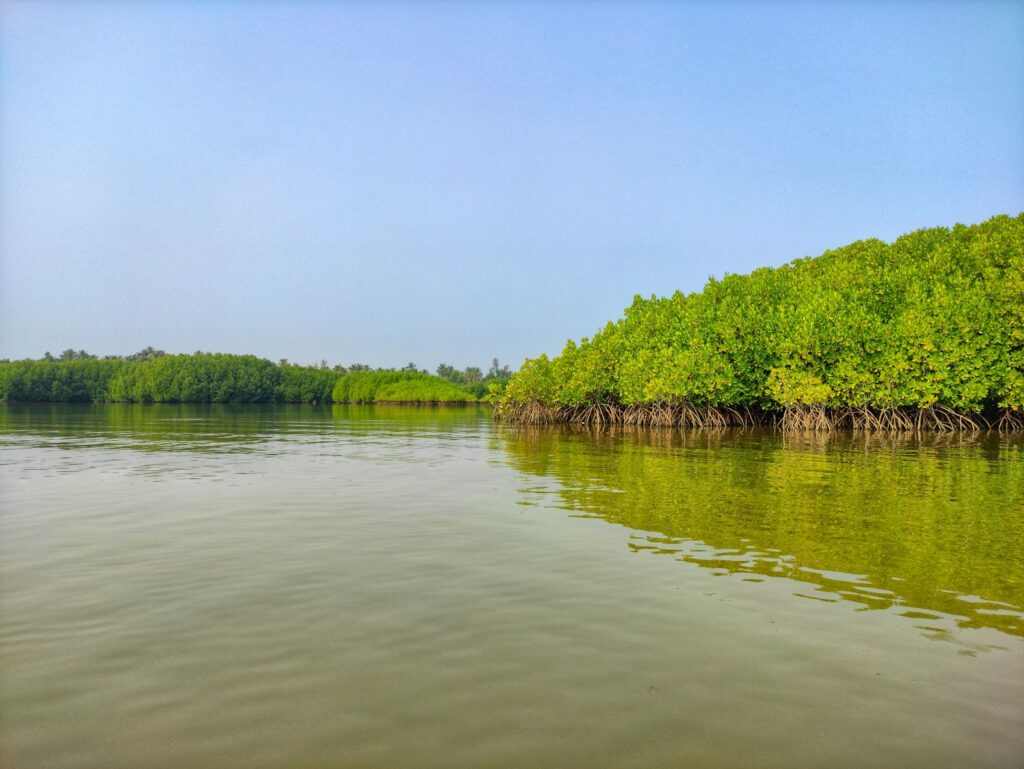
The Early Cretaceous period (145-100 million years ago) marked a pivotal transition in mangrove forest composition coinciding with one of the most significant botanical revolutions in Earth’s history: the rise of flowering plants. As angiosperms began their rapid diversification around 130-125 million years ago, they gradually established a presence in coastal environments previously dominated by gymnosperms and ferns. Fossil evidence from formations in what is now Brazil, Portugal, and eastern China records this transition, showing the first appearance of primitive angiosperm species with mangrove-like adaptations alongside the established gymnosperm-dominated communities. This period was characterized by unprecedented ecological competition and innovation as new flowering plant lineages developed increasingly sophisticated adaptations for salt tolerance, seed dispersal via water, and establishment in waterlogged soils. Paleobotanical studies suggest that these early angiosperm mangroves initially occupied marginal positions within existing coastal forests before gradually expanding their presence. By approximately 110 million years ago, the first true mangrove communities with significant angiosperm components had emerged, beginning a major restructuring of these vital coastal ecosystems. This transformation represented not merely a change in species composition but a fundamental shift in the ecological functioning of mangrove systems globally.
Peak Diversity During the Mid-Cretaceous
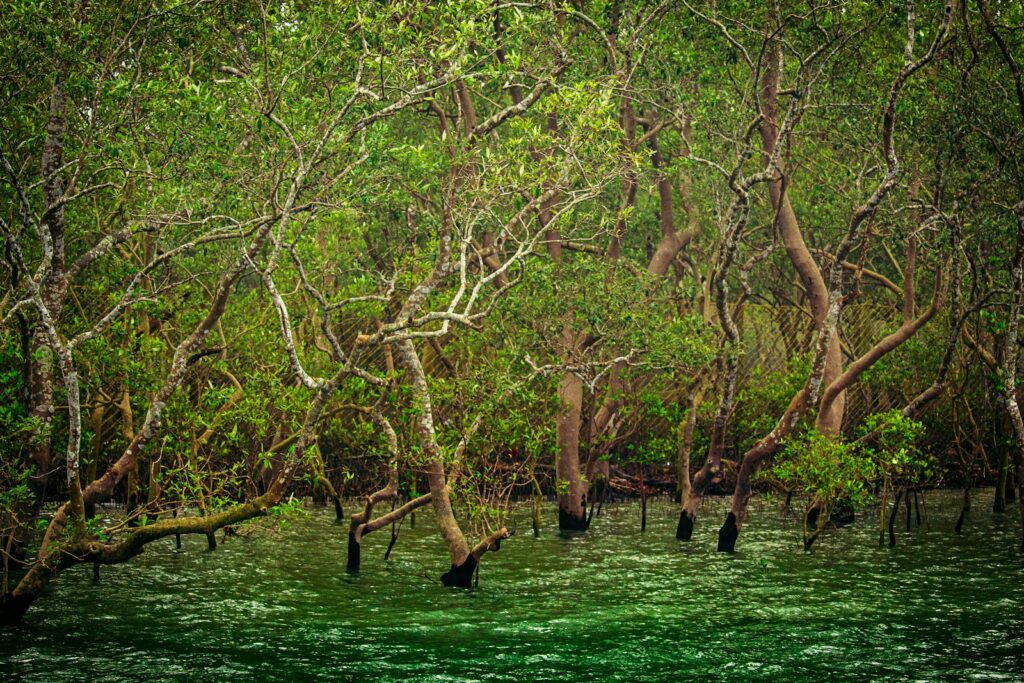
The Mid-Cretaceous period (approximately 100-85 million years ago) witnessed mangrove forests reaching their Mesozoic zenith in terms of geographical extent, ecological complexity, and taxonomic diversity. This “golden age” of prehistoric mangroves coincided with extraordinarily warm global temperatures, high sea levels, and the continued breakup of continental landmasses, creating ideal conditions for mangrove expansion. Fossil evidence from sites spanning five continents reveals remarkably diverse mangrove communities comprising a mixture of archaic gymnosperm lineages and increasingly dominant flowering plant species. Paleoenvironmental reconstructions indicate these forests extended far beyond their current latitudinal limits, with mangrove ecosystems thriving as far north as what is now Greenland and as far south as Antarctica, which still maintained a coastal position near Australia. Sedimentological studies show that these forests occupied extensive coastal plains, estuaries, and lagoons created by the transgressive seas of the period. The ecological complexity reached unprecedented levels, with evidence of distinct zonation patterns resembling those in modern mangrove systems, from pioneering species at the seaward edge to more terrestrial-adapted forms in the landward regions. This peak of mangrove development created vital biocorridors along continental margins that facilitated the dispersal of numerous marine and coastal species during this critical period of biological evolution.
Dinosaurs and Other Fauna of Mesozoic Mangroves

Mesozoic mangrove ecosystems supported a remarkable diversity of animal life, creating unique niches for specialized dinosaurs and other vertebrates. Fossil discoveries have revealed the remains of several small to medium-sized theropod dinosaurs with adaptations suggesting specialized feeding behaviors in coastal environments, including elongated snouts and specialized teeth patterns consistent with fish or crustacean consumption. Particularly notable were certain spinosaurid dinosaurs, whose remains are frequently associated with mangrove-type deposits, suggesting these semi-aquatic predators may have hunted extensively in these resource-rich environments. Beyond dinosaurs, Mesozoic mangroves supported diverse reptile communities, including several lineages of coastal crocodylomorphs that likely fulfilled ecological roles similar to modern crocodilians in mangrove habitats. The fossil record also indicates these forests provided crucial habitat for numerous pterosaur species, with some showing specialized adaptations for capturing prey from shallow waters. Marine reptiles, including certain plesiosaurs and early sea turtles, appear to have utilized these protected coastal zones for reproduction and juvenile development. Ichnofossils (trace fossils) from Cretaceous mangrove deposits reveal complex patterns of animal movement and behavior, including feeding traces, nesting sites, and evidence of predator- prey interactions, painting a picture of vibrant, biodiverse communities that rivaled modern mangrove ecosystems in their ecological significance.
Global Distribution Patterns Through the Mesozoic
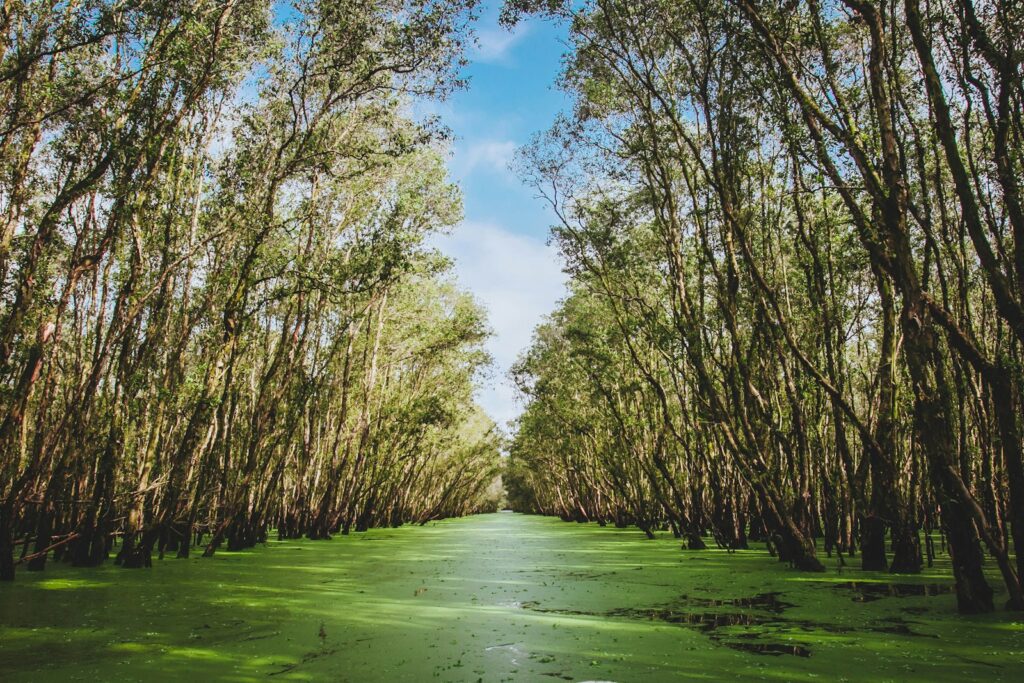
The global distribution of mangrove forests underwent dramatic shifts throughout the Mesozoic Era, closely tracking changes in climate, ocean circulation, and continental positioning. During the Early Triassic, mangrove-like ecosystems were primarily concentrated along the coastlines of the Tethys Sea, which separated the northern and southern portions of Pangaea. As continental fragmentation progressed through the Jurassic, these coastal forests expanded along newly formed shorelines, establishing a significant presence in what would become Europe, North Africa, and parts of Asia. Paleogeographic reconstructions based on fossil evidence indicate that by the mid-Cretaceous, mangrove ecosystems had achieved nearly circum-global distribution in tropical and subtropical regions, with notable extensions into temperate zones due to the extraordinarily warm climate regime. The Western Interior Seaway that bisected North America supported extensive mangrove communities along both its eastern and western shorelines, as evidenced by fossil-rich deposits in what is now the American Midwest. Similarly, the shallow epicontinental seas covering portions of Europe and North Africa harbored extensive mangrove ecosystems, fragments of which are preserved in formations from England to Egypt. This global expansion represented the maximum geographical extent of mangrove ecosystems in Earth’s history, far exceeding their modern distribution both in area and latitudinal reach.
Late Cretaceous Climate Change and Its Effects
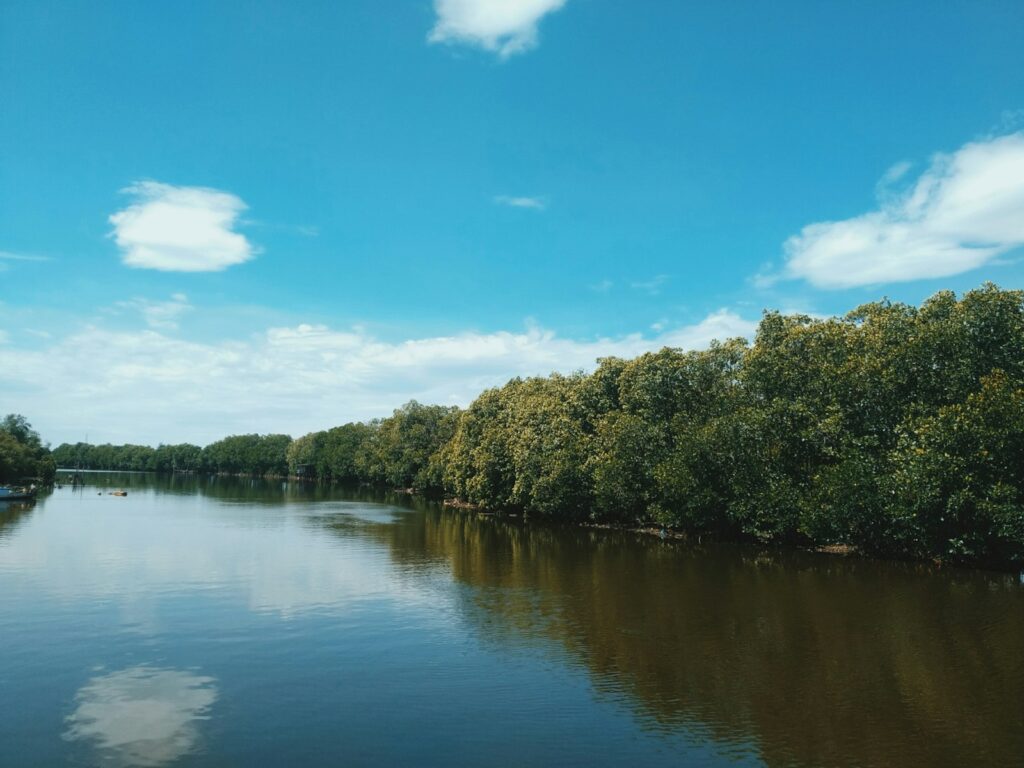
The Late Cretaceous period (approximately 85-66 million years ago) brought significant climatic shifts that profoundly affected mangrove forest distribution and composition worldwide. Global temperatures began a gradual cooling trend from their Mid-Cretaceous peak, with paleoclimatic data indicating a reduction of several degrees in average sea surface temperatures at mid and high latitudes. This cooling coincided with fluctuating sea levels that repeatedly altered coastline positions, forcing mangrove ecosystems to migrate or face local extinction. Sedimentary evidence from multiple continents reveals a gradual retreat of mangrove systems from their former high-latitude positions, with those in polar regions experiencing particularly severe contractions. Changes in precipitation patterns, as indicated by paleosol (fossil soil) analysis, created additional stress on certain regional mangrove populations, particularly those along the western margins of continents where evidence suggests increasing seasonality and periodic drought conditions. Despite these challenges, mangrove ecosystems demonstrated remarkable resilience through ecological reorganization, with certain angiosperm lineages emerging as increasingly dominant components of these coastal forests. This period of environmental stress drove significant evolutionary innovation, selecting for species with enhanced adaptability to fluctuating conditions and contributing to the increasingly modern character of Late Cretaceous mangrove communities.
Cretaceous-Paleogene Extinction Event Impact

The Cretaceous-Paleogene (K-Pg) extinction event approximately 66 million years ago delivered a devastating blow to Mesozoic mangrove ecosystems globally. The catastrophic effects of the Chicxulub asteroid impact, combined with the ongoing Deccan Traps volcanism, triggered a cascade of environmental disruptions that severely affected coastal habitats worldwide. Stratigraphic evidence from K-Pg boundary sections in coastal depositional environments shows a characteristic extinction layer, above which mangrove diversity is drastically reduced, with many Mesozoic lineages disappearing entirely from the fossil record. Particularly hard hit were the remaining gymnosperm components of these ecosystems, many of which never recovered their former ecological significance in coastal settings. The impact-induced tsunami activity, documented in geological deposits across the Gulf of Mexico and the Caribbean region, physically destroyed vast areas of mangrove habitat through erosion and sedimentation events. Subsequent climatic perturbations, including the “impact winter” phase and associated acid rain, created hostile conditions for the sensitive mangrove communities that had survived the immediate catastrophe. Palynological records reveal a pronounced “fern spike” in many coastal sedimentary sequences immediately above the K-Pg boundary, indicating ecological succession patterns typical of severely disturbed environments, with pioneer species temporarily replacing the complex mangrove communities. This extinction event effectively ended the Mesozoic history of mangrove forests, setting the stage for the development of the modern, predominantly angiosperm-dominated systems during the subsequent Cenozoic Era.
Paleoecological Reconstruction Methods
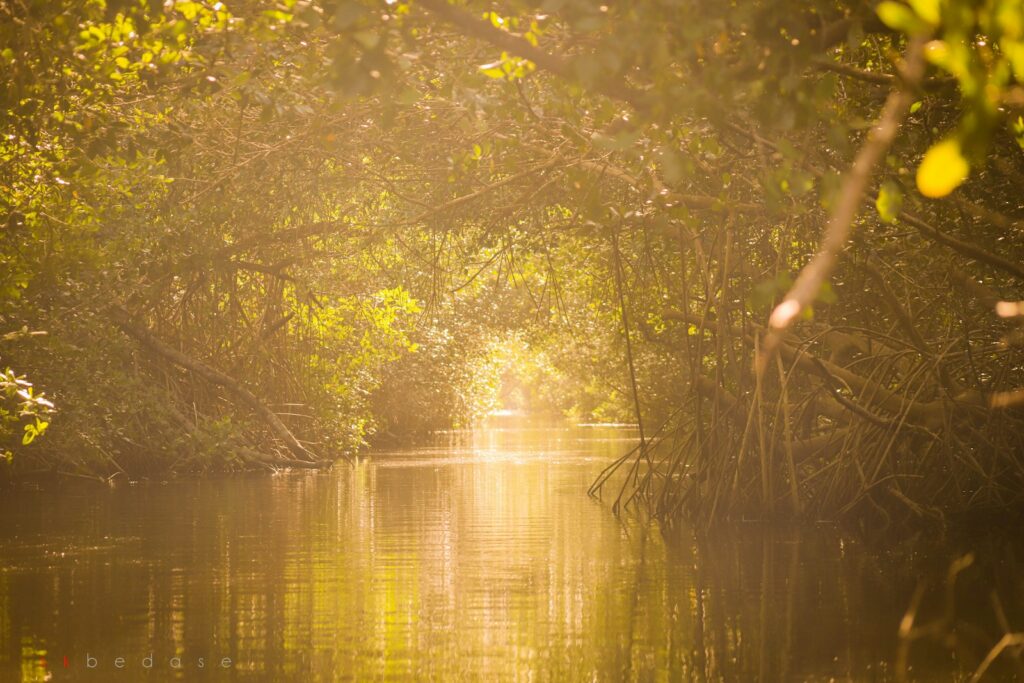
Scientists employ diverse and sophisticated techniques to reconstruct the ecology of Mesozoic mangrove forests, piecing together a comprehensive picture from fragmentary evidence preserved over millions of years. Sedimentological analysis forms a cornerstone of this work, with detailed examination of grain size, bedding features, and mineralogical composition revealing critical information about depositional environments and tidal influence in ancient coastal settings. Geochemical approaches, including stable isotope analysis of carbon, oxygen, and sulfur from organic remains, provide insights into salinity conditions, nutrient cycling, and atmospheric composition that affected these ecosystems. Paleobotanists examine plant macrofossils (leaves, wood, fruits) and microfossils (pollen, spores) to determine species composition and relative abundance, while cuticular analysis of preserved leaf surfaces reveals adaptations to coastal environmental stresses. The study of trace fossils—including root impressions, burrows, and footprints—offers valuable information about soil conditions and animal-plant interactions within these ancient systems. Advanced imaging techniques, such as CT scanning of permineralized plant tissues, reveal internal anatomical features that help identify specialized adaptations for life in intertidal environments. Increasingly, these traditional approaches are being augmented by molecular paleontology, including the analysis of ancient DNA and biomolecules from exceptionally preserved fossils, opening new windows into the genetic basis of mangrove adaptations during the Mesozoic Era.
Legacy and Evolutionary Connections to Modern Mangroves
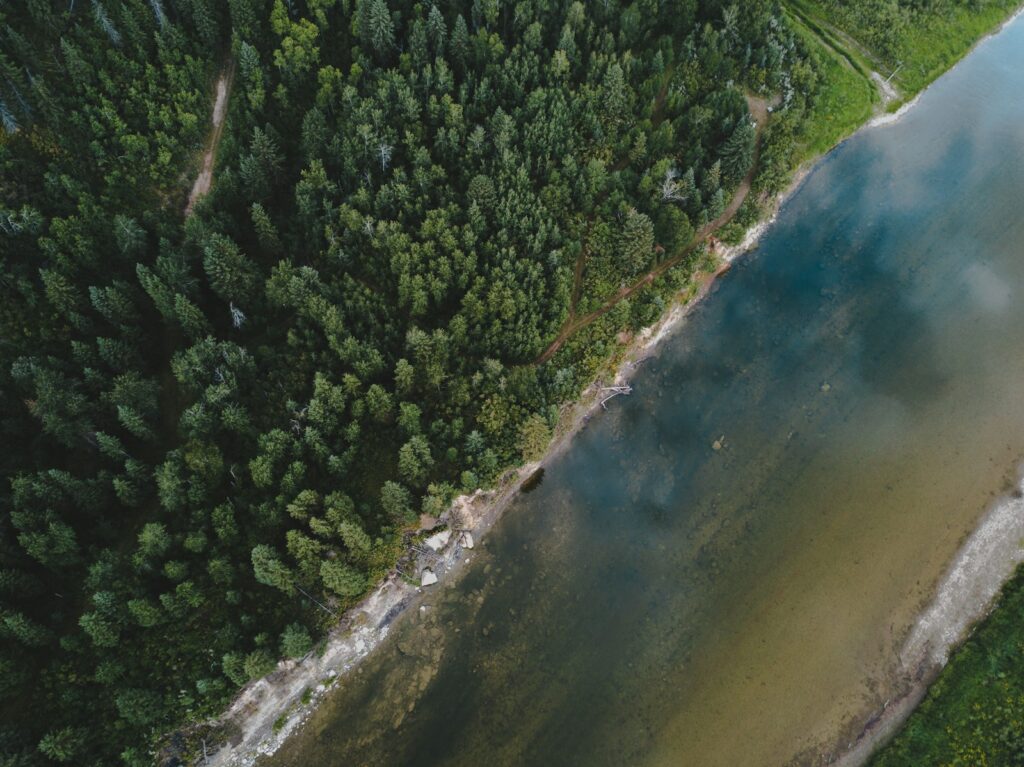
The evolutionary relationships between Mesozoic mangrove forests and their modern counterparts represent a complex tapestry of extinction, adaptation, and convergent evolution. Today’s mangrove ecosystems, while functionally similar to their Mesozoic predecessors, are dominated by flowering plant families that either did not exist or occupied marginal ecological roles during most of the Mesozoic Era. Molecular phylogenetic studies indicate that the major modern mangrove lineages—including Rhizophoraceae, Avicenniaceae, and Sonneratiaceae—began their evolutionary specialization for mangrove habitats primarily during the Paleogene Period, after the extinction of many Mesozoic mangrove-adapted plant groups. Nevertheless, careful analysis reveals fascinating evolutionary continuity in certain specialized adaptations, such as vivipary, salt excretion mechanisms, and pneumatophore development, which appear repeatedly across diverse plant lineages that have colonized intertidal environments. Palaeobotanical evidence suggests that while most Mesozoic mangrove plant lineages became extinct, certain ecological and physiological innovations they pioneered created selection pressures and evolutionary opportunities that shaped subsequent coastal forest development. The geographical distribution patterns of modern mangroves also reflect this complex history, with certain regions—particularly in Southeast Asia—showing evidence of continuous mangrove presence since the Late Cretaceous, potentially serving as refugia during extinction events and subsequent centers of diversification. This evolutionary legacy demonstrates how crucial ecological functions can

